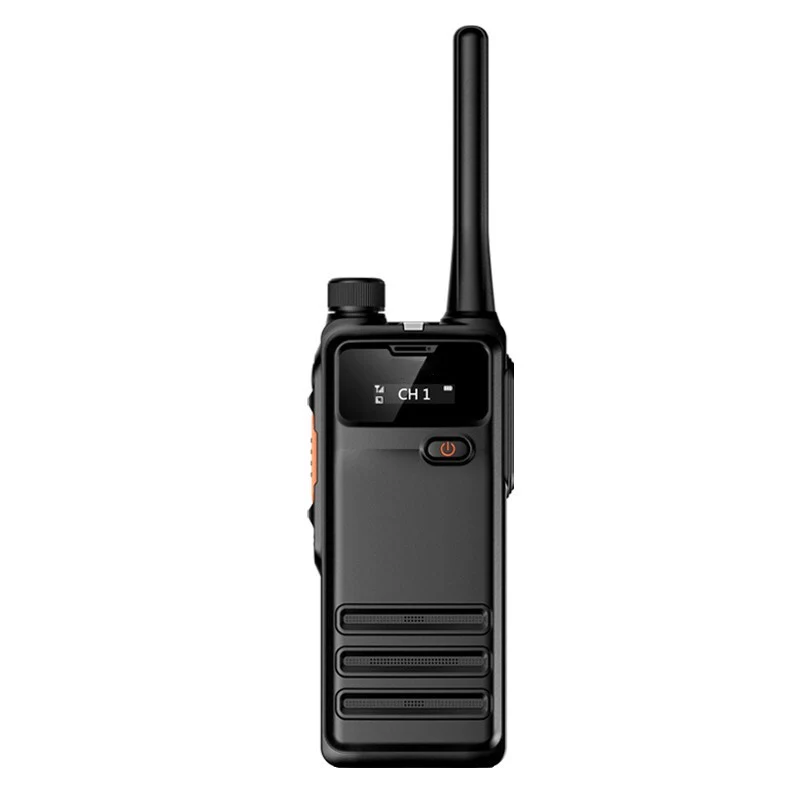Digital walkie talkies are digital analog compatible, which means if you used analog walkie talkies before, you don’t have to worry, digital walkie talkies can also communicate with analog walkie talkies. However, if you originally used a digital walkie talkie, it is important to note that you must also choose which standard you originally used, as the protocols for different digital walkie talkies are not compatible.

1、 Traditional analog walkie talkies are a communication mode that modulates speech, signaling, and signals in a continuous wave manner onto the carrier frequency of the walkie talkie, and optimizes them through amplification and other processing. It has advantages such as mature technology, complete system, and relatively low cost.
2、 Digital walkie talkies are data-driven communication modes that digitize speech signals using specific digital encoding methods and baseband modulation forms, and optimize them using digital signal processors.
- Digital walkie talkies can better utilize spectrum resources. Similar to cellular digital technology, digital walkie talkies can load more users on a designated channel, improving spectrum utilization, which is a solution to frequency congestion. 2. Digital walkie talkies improve call quality. Due to the built-in error correction function of digital communication technology, compared to analog walkie talkies, it can achieve better speech and audio quality in a wider range of signal environments, resulting in less received audio noise and clearer sound.
- Digital walkie talkies enhance and improve voice and data integration, addressing the weakness of control signals decreasing with increasing communication distance. Compared with similar integrated analog voice and data systems, digital walkie talkies can provide better data processing and interface functions, allowing more data applications to be integrated into the same bidirectional wireless communication base station structure, making the integration of voice and data services more comprehensive and convenient.
- Compared with traditional analog walkie talkies, it has significant advantages such as strong speech anti-interference ability, high confidentiality, narrower channel bandwidth, and stronger data transmission ability.
- The digital modes of data walkie talkies, such as DMR, PDT, C4FM, D-STAR, etc., cannot communicate with each other.